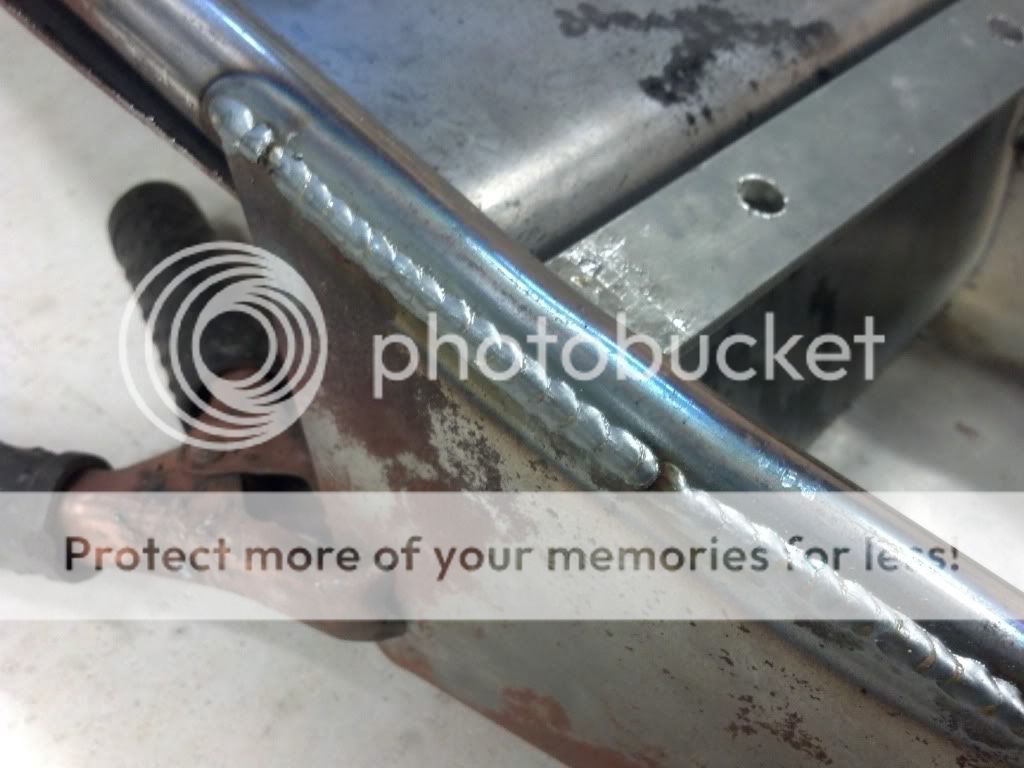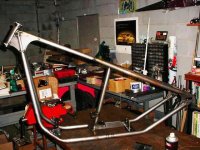Oh I don't think i'd run both the heater and the welder - at least I more or less assumed I wouldn't. I was going to keep both outlets (I think the welder will need a different style outlet than my heater does) just for convenience, but didn't necessarily plan on running both at the same time.
Still considering 120v models based on feedback, but it will ultimately come down to what's available. I don't necessarily want to cheap out and buy PowerFist or whatever from Princess Auto, but I also don't want to plunk down $700 for the Lincoln 180 just yet. If Canadian Tire puts them on sale again I'll snap one up - $430 for the Mig Pak 180 seems too good a deal to pass on. Last time was in September so who knows, maybe I'll get lucky in the next few weeks.
Still considering 120v models based on feedback, but it will ultimately come down to what's available. I don't necessarily want to cheap out and buy PowerFist or whatever from Princess Auto, but I also don't want to plunk down $700 for the Lincoln 180 just yet. If Canadian Tire puts them on sale again I'll snap one up - $430 for the Mig Pak 180 seems too good a deal to pass on. Last time was in September so who knows, maybe I'll get lucky in the next few weeks.








